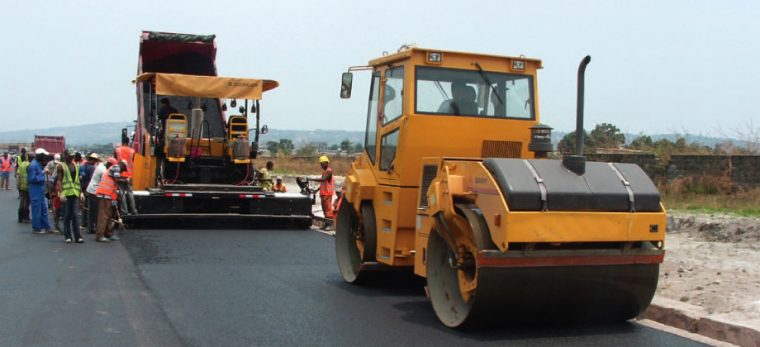Zimbabwe is on the cusp of a construction boom. Construction writ large, including in infrastructure, in residential and non-residential structures, both for public and private sectors, and both in urban and rural spaces. Even factories — which the economic downturn had reduced to tumble-down, derelict state — are now undergoing renovation, or getting replaced by entirely new, modern structures that are second to none. The upward trajectory in the economy now vividly mirrors in this buoyancy in our construction industry.
Government set this off through its many infrastructural projects: the highways, dams, irrigation facilities and countless social infrastructures, including schools, colleges, clinics and hospitals. Much of the social infrastructures have been built under the devolution programme, making them nationwide in spread. I am happy that business quickly took cue, guided by our National Development Strategy 1, NDS1, which envisages delivery of 220 000 housing units by 2025. The private sector has already delivered 145 000 housing units, with more than the remainder coming from the public sector and local authorities. We are on course to meeting our housing goal under NDS1.
Even more pronounced has been private constructions, especially residential. Zimbabweans, including those in the diaspora, have been building homes of all sizes: from start-ups to family homes and even mansions. All this speaks to a strong ownership ethic in our people, and an exceptional savings level which often go uncelebrated. This trend reflects in the rural sector, at growth points especially, where modern, upmarket structures are changing the rural landscape.
As your President, I am happy that our policy of leaving no one and no place behind is taking emphatic shape. The traditional chasm between town and country is narrowing, even closing in some cases. It has now become a norm rather than an exception to see working families commuting from their homes at various growth points to get to workplaces right in towns and cities. Clearly this underlines the fact that the rural-urban nexus is now reciprocal and mutually reinforcing.
Construction in non-residential areas is similarly picking pace. There is greater demand for office space and for factory units, both big and small. All that suggests expanded activity in the economy, for which construction becomes some derived demand.
Developments in the retail sector have been quite exciting, in line with greater manufacturing activity in the economy. Shopping malls, supermarkets, wholesalers, roadside mini-markets and eateries along highways are now a dominant feature, as too are gated settlements with self-contained, ultra-modern facilities.
A clear trend of suburbanisation is evident in almost all towns and cities, as retail and related activities spread out and disperse beyond traditional town and city centres.
Even smaller towns and growth points are beginning to attract big brands, evidently pointing to strong disposable incomes in the countryside. This partly owes to our successful agricultural programmes, which have raised rural incomes and thus attracting more businesses.
Another indicator of the buoyant construction industry comes by way of the proliferation of hardwares and tiles manufacturing companies and outlets, including international ones. Similar trend show by way of cement projects whose footprints continue to expand in the country. There is a very healthy demand for building materials, including bricks.
In respect of the latter, more and more brick-manufacturing companies have come on stream, thus bringing much-needed competition in ways that redound to the industry. As our iron and steel plants come on stream, I foresee even greater activity in the construction sector.
The construction sector is underpinned by several services, including various sub-disciplines of engineering, architecture and surveying.
Demand for these services and skills underpinning them has been rising.
Thankfully, our tertiary institutions now have the capacity to deliver these specialised skills to the construction industry, thus taking it to a higher level. I am also happy that more such skills are repatriating themselves back home after years of invaluable exposure in more advanced jurisdictions. This means our fresh college graduands have more opportunities for mentorship, attachments and on-job exposure.
Continued next page
(110 VIEWS)


